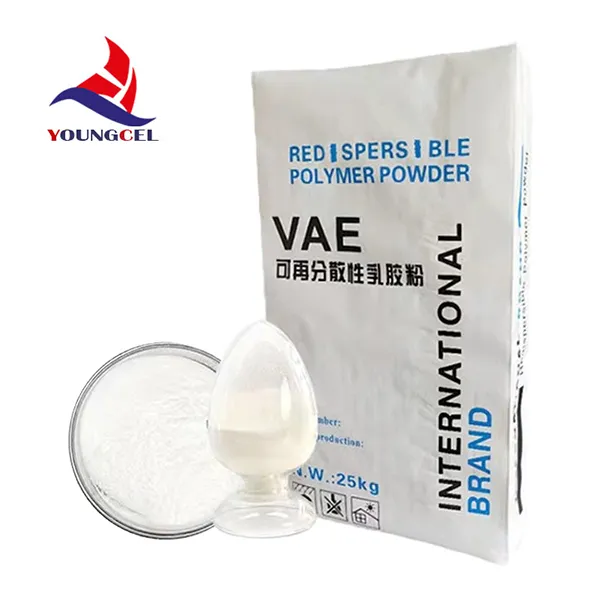Understanding Hypromellose A Versatile Polymer in Pharmaceuticals and Beyond
Hypromellose, also known as hydroxypropyl methylcellulose (HPMC), is a multi-faceted polymer that has gained significant recognition across various industries, particularly in pharmaceuticals and food production. Its unique properties, such as film-forming ability, viscosity modulation, and stability, make it an essential ingredient in many applications.
Understanding Hypromellose A Versatile Polymer in Pharmaceuticals and Beyond
Beyond pharmaceuticals, hypromellose finds application in the food industry. It is used as a food additive, labeled as E464, where it acts as a thickener, emulsifier, and stabilizer. Its ability to retain moisture makes it a popular ingredient in gluten-free baking, helping improve the texture and chewiness of products that may otherwise be dry. Additionally, hypromellose is often employed in the production of vegetarian capsules, offering a plant-based alternative to traditional gelatin capsules, thus catering to the increasing demand for vegetarian and vegan options.
hpmc hypromellose

Environmental considerations also play a role in the growing popularity of hypromellose. As a cellulose derivative, it is derived from wood pulp, which is a renewable resource. Its biodegradability makes it an appealing choice for consumers and manufacturers looking to reduce their environmental footprint.
However, it is essential to note that while hypromellose is generally recognized as safe, it can cause allergic reactions in sensitive individuals. Therefore, its use should always be approached with caution, and appropriate labeling must be provided.
In summary, hypromellose is a versatile polymer with valuable applications in pharmaceuticals, food production, and more. Its unique properties, combined with growing consumer preferences for vegan and environmentally friendly options, ensure that hypromellose will continue to play a significant role in various industries in the years to come. As research and development progress, further innovations utilizing hypromellose may emerge, leading to even more exciting applications.
-
Rdp Powder: Key Considerations for Wholesalers in the Building Materials IndustryNewsJul.08,2025
-
Key Considerations for Wholesalers: Navigating the World of Hpmc - Based ProductsNewsJul.08,2025
-
Hpmc Detergent: Key Considerations for WholesalersNewsJul.08,2025
-
Key Considerations for Wholesalers: China Hpmc For Tile Adhesive, Coating Additives, Concrete Additives, and MoreNewsJul.08,2025
-
Crucial Considerations for Wholesalers: Navigating the World of Construction MaterialsNewsJul.08,2025
-
Key Considerations for Wholesalers Sourcing Additive For Cement, Additive For Concrete, Additive For Putty from Additive Manufacturer Shijiazhuang Gaocheng District Yongfeng Cellulose Co., Ltd.NewsJul.08,2025




